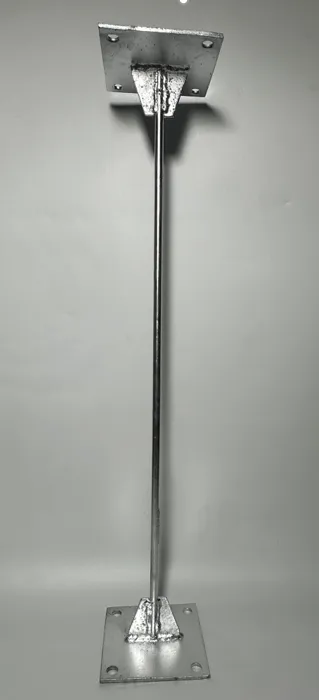loading...
- No. 9, Xingyuan South Street, Dongwaihuan Road, Zaoqiang County, Hengshui, Hebei, China
- admin@zjcomposites.com
- +86 15097380338
- Welcome to visit our website!
frp bridge deck
The Advancements and Benefits of FRP Bridge Decks
In recent years, the use of Fiber-Reinforced Polymer (FRP) materials in construction has gained significant attention due to their unique properties and advantages. Among the various applications of FRP, the development of FRP bridge decks represents a groundbreaking innovation that is changing the landscape of civil engineering. This article explores the benefits of using FRP for bridge decks and the reasons behind its increasing adoption in infrastructure projects.
Understanding FRP Materials
Fiber-Reinforced Polymer is a composite material that consists of a polymer matrix reinforced with fibers, which can be carbon, glass, basalt, or aramid. The combination of these materials results in a product that is lightweight, strong, and resistant to corrosion. These properties are particularly advantageous for bridge decks, which are exposed to harsh environmental conditions and require materials that can withstand the test of time.
Key Advantages of FRP Bridge Decks
1. Lightweight Nature One of the most significant advantages of FRP bridge decks is their low weight compared to traditional materials such as concrete and steel. This lightweight characteristic simplifies transportation and installation processes, leading to reduced construction costs and time. Additionally, the reduced dead load on the supporting structure can allow for longer spans and more innovative designs.
2. Corrosion Resistance FRP materials are inherently resistant to corrosion, which is a critical issue in bridge construction, particularly in areas exposed to de-icing salts or marine environments. By utilizing FRP, the longevity of the bridge deck can be greatly enhanced, minimizing the need for frequent maintenance and repairs. This ultimate durability results in lower lifecycle costs for bridge infrastructure.
3. High Strength-to-Weight Ratio The strength of FRP materials surpasses that of traditional materials like concrete and steel when measured against their weight. The high strength-to-weight ratio allows for the construction of thinner and more efficient bridge decks, contributing to elegant designs that were previously unattainable with conventional materials.
frp bridge deck

4. Ease of Installation The prefabrication capabilities of FRP components lead to quicker installation processes. Precast FRP bridge decks can be manufactured off-site and transported to the construction location, allowing for faster assembly and shorter traffic disruptions. This characteristic is particularly beneficial in urban settings where minimization of downtime is essential for both motorists and local businesses.
5. Environmental Advantages The production and transportation of FRP materials can also result in a lower carbon footprint compared to traditional materials. Additionally, FRP can be designed for minimal waste during manufacturing and installation, aligning with sustainable construction practices.
6. Customizable Properties FRP materials can be tailored to meet specific project requirements in terms of mechanical properties and aesthetic appearance. This flexibility allows engineers and architects to create customized solutions that fit the unique demands of each bridge project.
Real-World Applications
Globally, numerous bridges have successfully integrated FRP decks into their designs. Landmark projects, such as pedestrian bridges and even highway overpasses, showcase the effectiveness and versatility of FRP materials. Ongoing research and development continue to expand the possibilities of FRP usage in more complex structures, indicating a strong future for this technology in the field of civil engineering.
Conclusion
The incorporation of FRP bridge decks represents a significant advancement in the field of infrastructure development, offering numerous benefits that enhance efficiency, durability, and sustainability. As engineers, architects, and policymakers increasingly recognize the potential of FRP materials, we can expect to see a growing trend towards their adoption in bridge construction and beyond. Embracing such innovations not only leads to improved structural integrity but also contributes to responsible engineering practices that prioritize the well-being of our communities and the environment.
-
The Rise of FRP Profiles: Strong, Lightweight, and Built to LastNewsJul.14,2025
-
SMC Panel Tanks: A Modern Water Storage Solution for All EnvironmentsNewsJul.14,2025
-
GRP Grating: A Modern Solution for Safe and Durable Access SystemsNewsJul.14,2025
-
Galvanized Steel Water Tanks: Durable, Reliable, and Ready for UseNewsJul.14,2025
-
FRP Mini Mesh Grating: The Safer, Smarter Flooring SolutionNewsJul.14,2025
-
Exploring FRP Vessels: Durable Solutions for Modern Fluid HandlingNewsJul.14,2025
-
GRP Structures: The Future of Lightweight, High-Performance EngineeringNewsJun.20,2025
